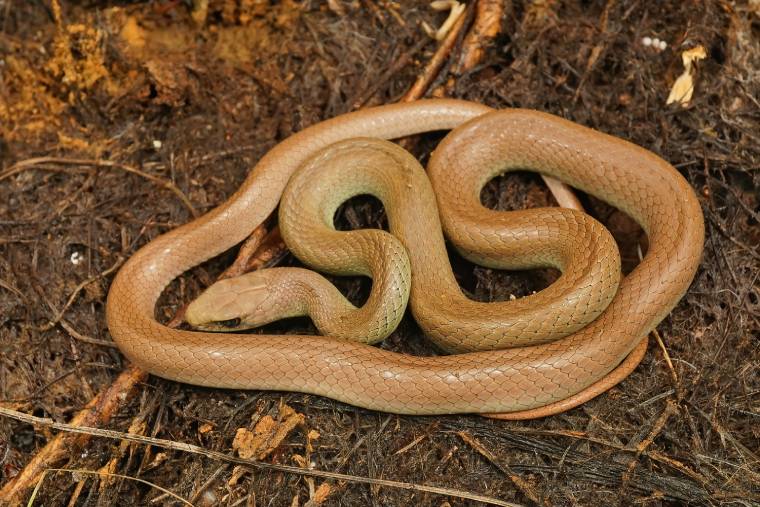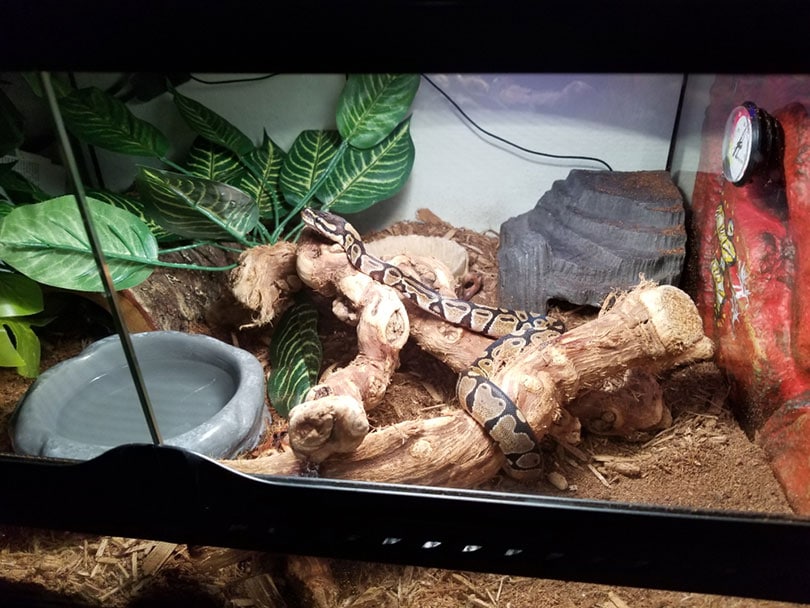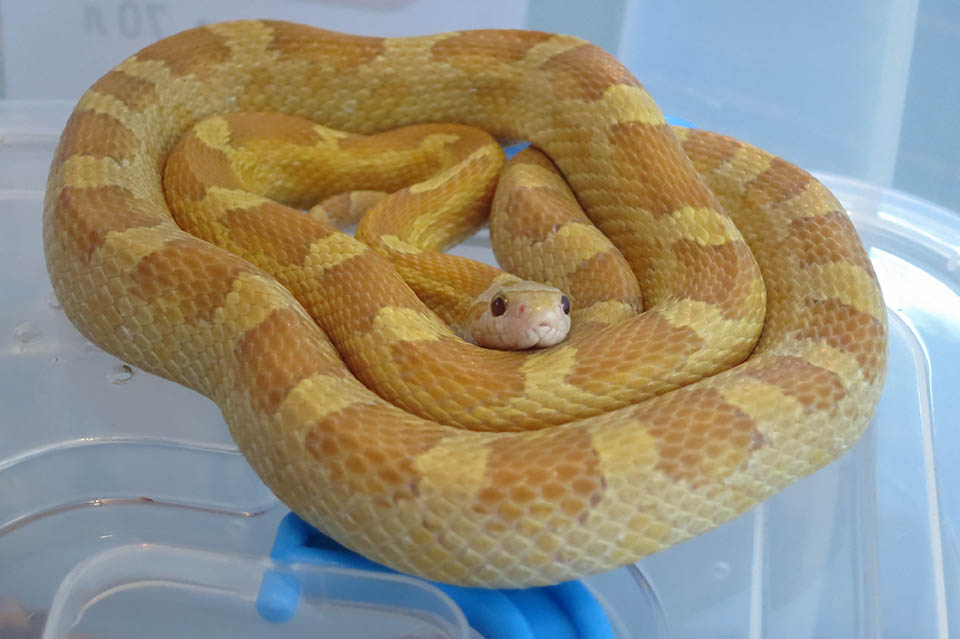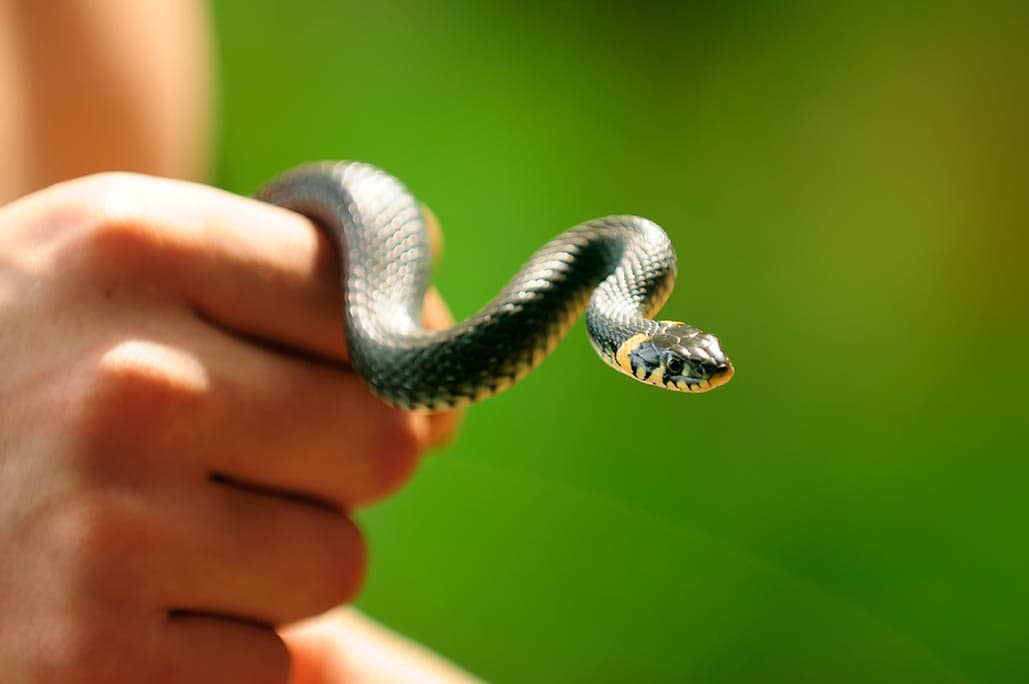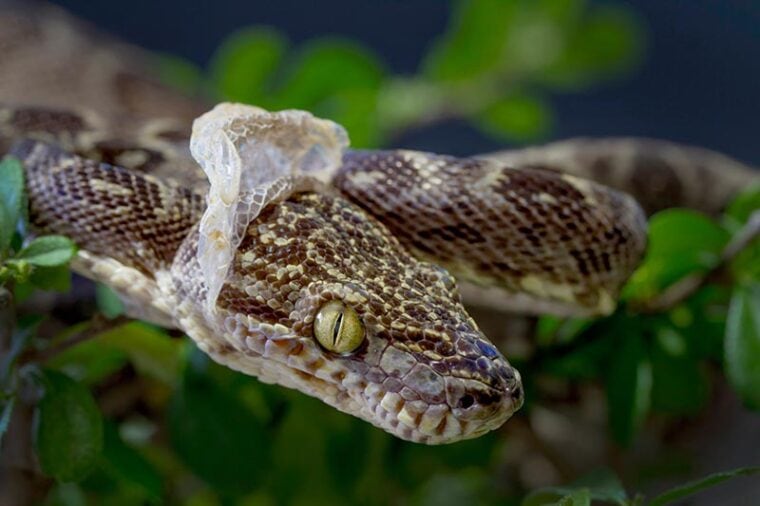
Whereas humans and many other species of animal continuously shed many cells of their skin every day, snakes and other reptiles have keratin skin that does not shed gradually in this way. Instead, a new layer of skin is grown underneath the existing skin, and this old, top layer is shed in one go. The shedding process usually occurs multiple times a year, with younger snakes shedding more often.
Young snakes shed more often because their keratin skin is not elastic, which means that it can’t grow as the body of the snake does, so it has to be replaced to allow further growth. Although the shedding process can be uncomfortable, and some snakes do endure a stuck shed from time to time, healthy snakes that have appropriate environmental conditions in their setup shouldn’t have too many difficulties shedding.
Reasons Snakes Shed Their Skin
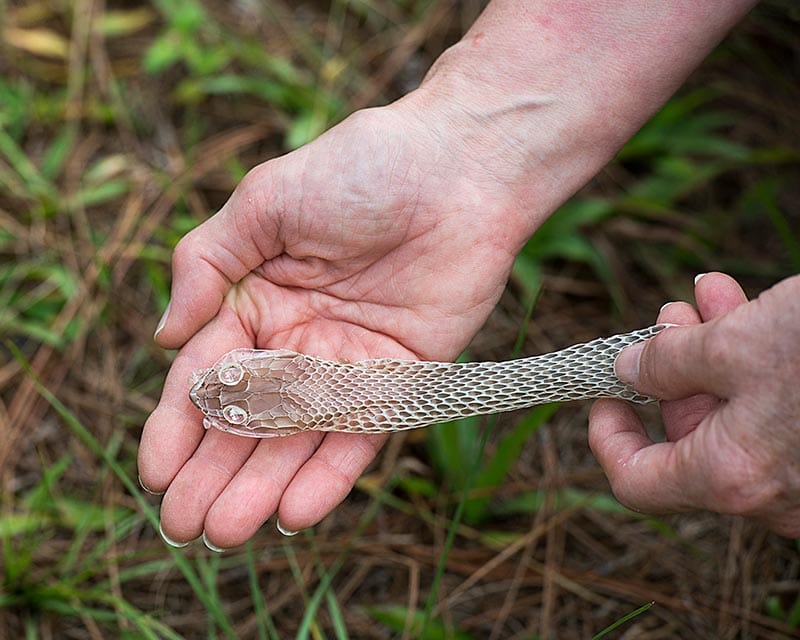
How Often Snakes Shed
Snakes do not shed at any particular time or season, and most will shed multiple times in a year. How often your snake should shed will depend on its size and age, predominantly. Young snakes shed more frequently than old snakes because their bodies grow more quickly, and they need larger skin.
Younger snakes will shed every 2–3 weeks, while older snakes may only shed twice a year.
How Long Shedding Takes
Typically, it will take anywhere from 1 to 2 weeks for a snake to shed. Again, the length of time it takes to shed will depend on the age of the snake. A young snake should usually be done shedding within a week. Older snakes can take up to 2 weeks for the process to finish.
While some snakes shed their skin in a single piece, others shed in sections. They will generally use rough surfaces like wood bark and rocks to help remove the skin. In the wild, most snakes do not eat their shed skin, but pet snakes may do so if they do not have food immediately available. Eating the skin can help replace nutrients that were lost during the shedding process and it isn’t anything to worry about if your snake does eat their shed.
Signs of Shedding
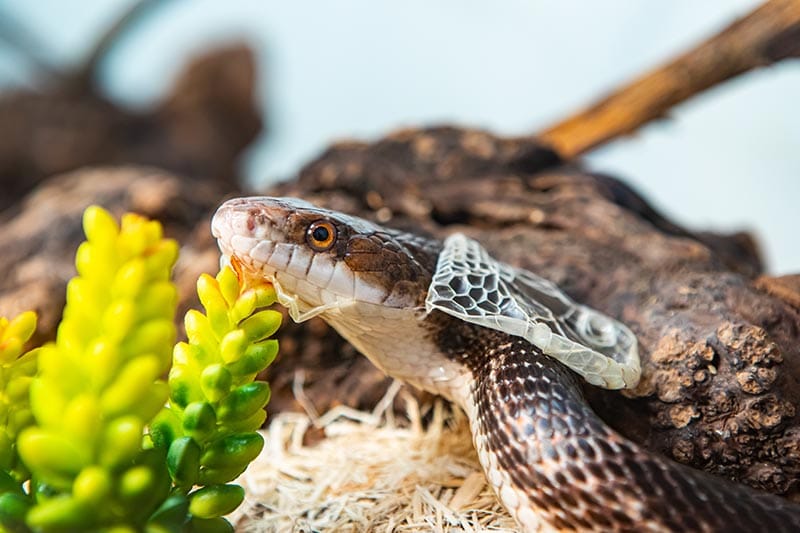
Obviously, the primary sign of shedding is that the skin will start to flake. It may change color, too, but there are some signs that your snake is about to start shedding or already has but you can’t see any visible signs yet. Other signs of a snake shedding include:
How To Care for Shedding Snakes
It can be tempting to jump in and help a snake when it’s shedding. After all, once the skin starts to peel away, it looks easy to remove. However, pulling at shedding skin can cause injury and distress. Physically, there isn’t really anything you can do to help the process along. However, you can make sure that your snake has nutritious food, in case it wants to eat, and you should ensure that the temperature and humidity levels of its vivarium are ideal.
If there are signs that the shed has stuck, for example, it has taken longer than 2 weeks and there are patches of skin left, you can saturate your snake’s substrate. Use a water spray and soak the ground in the vivarium. Not only can this help lubricate the skin but it will also increase the humidity, which also helps with the process.
Conclusion
Snakes shed their skin as they grow and also to replace damaged and worn skin. While some snakes shed their skin in a single layer, others may have patches of skin that shed gradually.
How often a snake sheds depends primarily on its age, with young snakes shedding as often as every couple of weeks and older snakes every 2 or 3 months. Some older snakes may only shed once or twice a year.
Other than ensuring ideal conditions, there isn’t much you can do to help a shed, although you can saturate the ground to help a stuck shed and if the skin doesn’t come away completely after several weeks, you should consult a vet.
Featured Image Credit: Mark_Kostich, Shutterstock




